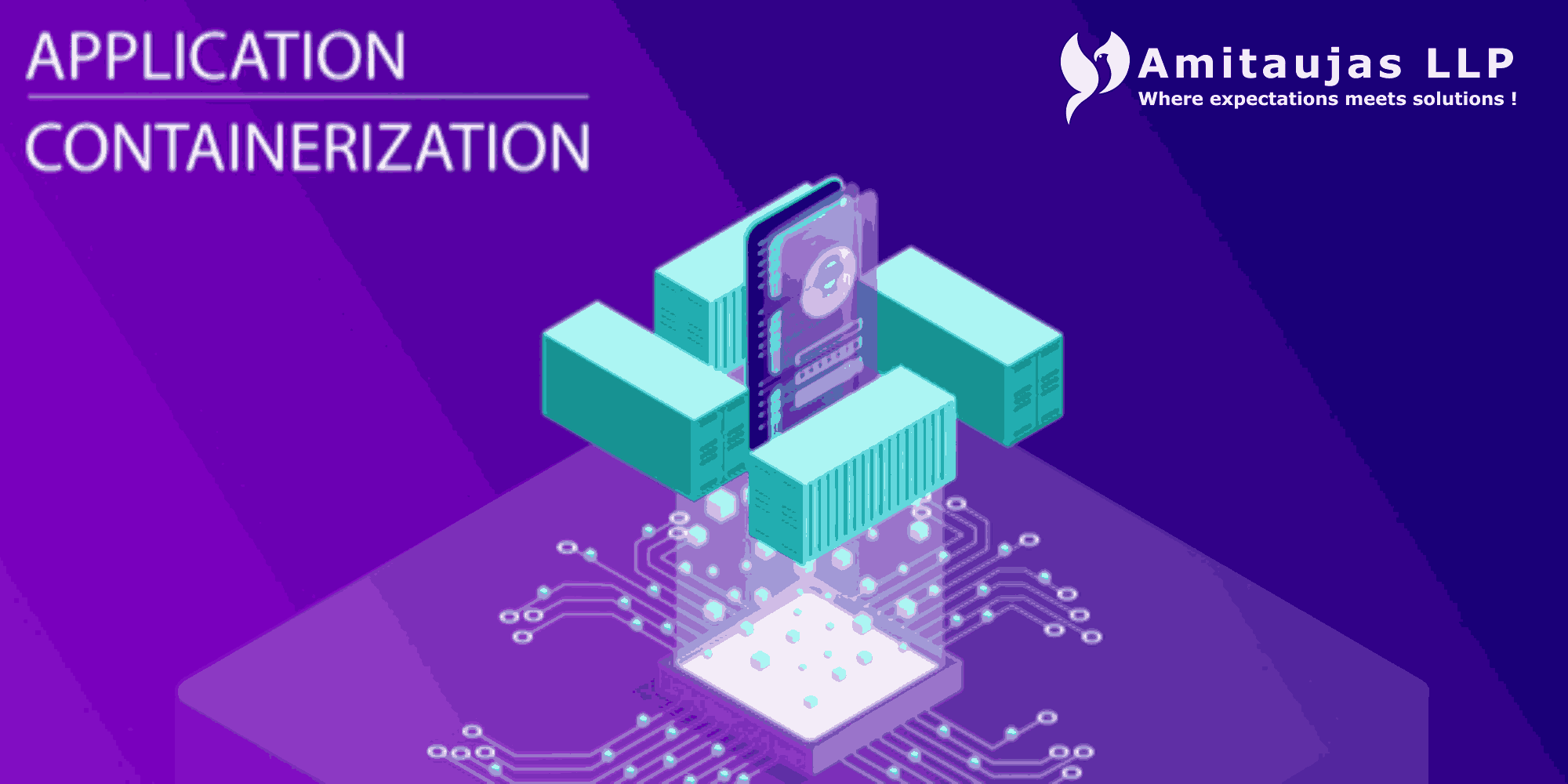
Cloud containerization
Cloud containerization is revolutionizing the way businesses build, deploy, and manage applications in the cloud. By isolating applications and their dependencies in lightweight, portable containers, this approach ensures consistency across multiple environments, enhances scalability, and speeds up development.
The Concept of Cloud Containerization
At its core, cloud containerization encapsulates an application and everything it needs to run, including libraries, configuration files, and dependencies, into a single unit known as a container. Unlike traditional virtual machines (VMs), containers share the host operating system’s kernel, making them more lightweight and faster to start.
Key Features of Cloud Containerization
- Portability: Containers provide true portability, enabling applications to run consistently across different cloud platforms and environments.
- Efficiency: Containers use fewer resources compared to VMs, making them lightweight and reducing overhead.
- Scalability: Containers can be spun up or down quickly to match workload demands.
- Isolation: Each container runs independently, improving security and minimizing conflicts between applications.
- Fast Deployment: Containers launch in seconds, enabling rapid deployment and enhancing CI/CD pipelines.
Advantages of Cloud Containerization
Cloud containerization provides consistency across environments, cost efficiency, rapid innovation, security, and support for multi-cloud strategies. These benefits help organizations enhance agility and deploy faster with fewer resources.
Use Cases of Cloud Containerization
Cloud containerization is widely used in microservices architecture, DevOps and CI/CD pipelines, data processing, hybrid cloud solutions, and edge computing. Containers streamline application development and management, allowing for efficient scaling and deployment across cloud platforms.
